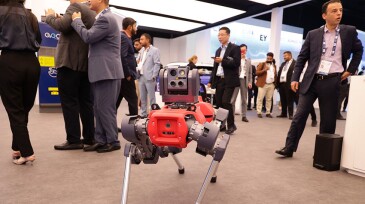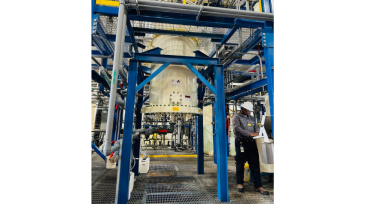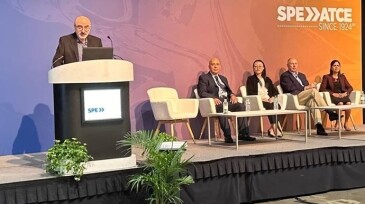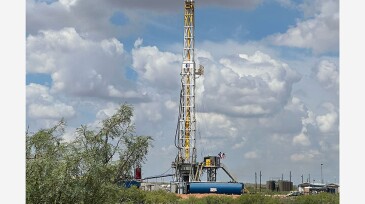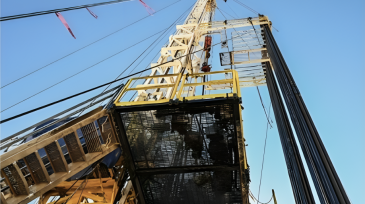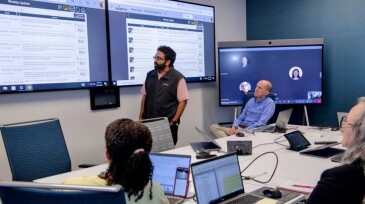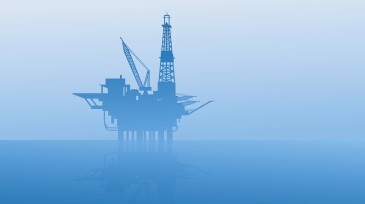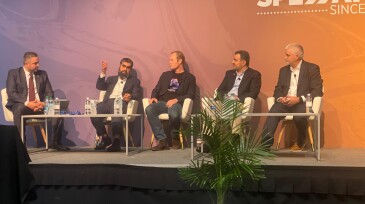AI/machine learning
Sustainability in reservoir management emerges not from standalone initiatives but from integrated, data-driven workflows—where shared models, closed-loop processes, and AI-enabled insights reduce fragmentation and make sustainable performance a natural outcome.
Sponsored
In oil and gas operations, every decision counts. For more than 2 decades, SiteCom has been the trusted digital backbone for well operations worldwide, driving insight, collaboration, and efficiency.
This study presents a novel hybrid approach to enhance fraud detection in scanned financial documents.
-
As we turn the page on our 75th anniversary, JPT’s recent visit to the UAE offers a front-row seat of what some of the industry’s biggest players see coming.
-
The USGS has said up to 19 million tons of lithium resource is contained in the briny waters of the Smackover formation in Arkansas.
-
Subject-matter experts from industry and academia advanced distributed fiber-optic sensing technologies and their implementation in flow measurement during a special session.
-
Technology uptake aimed at optimizing resources, delivering consistency, and augmenting what humans can do.
-
This paper investigates the use of machine-learning techniques to forecast drilling-fluid gel strength.
-
Machine learning and a decade of gas composition records helped the operator identify wells that were most likely to produce paraffins.
-
The companies plan to develop new artificial-intelligence-powered processes and workflows to optimize oil and gas production.
-
Routine status reporting often presents a challenge because of its intimidating and time-consuming nature for both employees and supervisors. With large language models, a system was developed to generate coherent artificial-intelligence-driven reports. The goal is to enhance the understanding of overall insights and reduce the time required for individual report read…
-
This paper aims to emphasize the importance of decision-making based on quantitative monitoring outputs, from both a business perspective and an ecosystem-service perspective, in future offshore projects.
-
Experts at SPE’s Annual Technical Conference and Exhibition say that despite AI’s great potential, it’s important to be realistic about AI’s capabilities and to remember that successful projects solve specific business problems.




